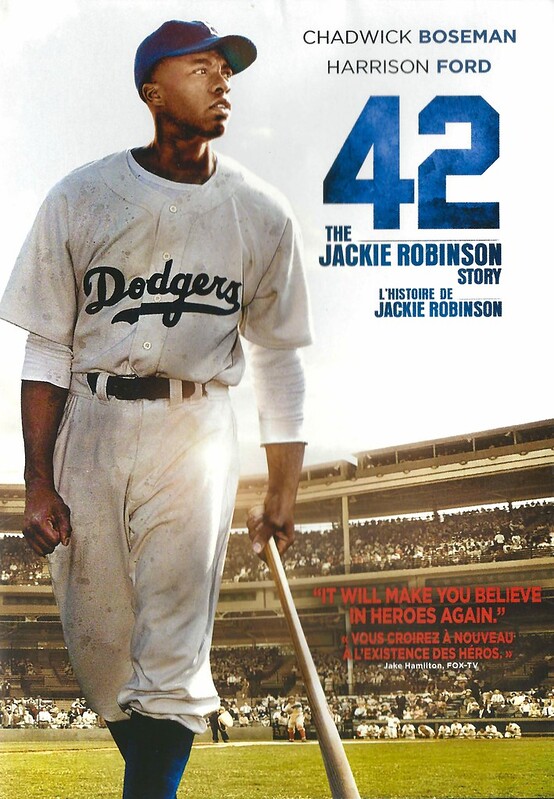Sports movies reign supreme
Photo courtesy of flickr.com
The recent sports movie King Richard, about the father of Venus and Serena Williams, was served onto the big screen on Nov. 19. It proved to be an ace, earning a 91% critic approval rating on review aggregator website rottentomatoes.com and a 98% rating from general audiences. King Richard’s success, however, should not have come as a surprise. It’s just the latest entry in a genre that has proven itself to be superior to its contemporaries.
Sports films entered the cinematic consciousness in 1976, with the release of timeless boxing classic Rocky. With the Italian Stallion at the fore, Rocky was the highest-grossing film at the domestic box office in 1976, per the-numbers.com. Four sequels followed, and with them, the beginning of the ongoing reign of sports movies.
By and large, sports films have drawn their success from a simple formula. Often modified but always adhered to in some capacity, the basic sports movie template has one essential component: the sports themselves. Other ingredients are often added, but the pursuit of victory inherent in sports is the essential element in nearly every sports film.
A filmmaker’s job when crafting a sports film is to get the audience to invest in the main character. Various techniques are employed to accomplish this goal. The most common is painting the protagonist into the position of underdog. Sports films thrive when adding “underdog” to the central character’s list of traits; notable examples include Miracle, the aforementioned Rocky and Best Picture-winning Million Dollar Baby (a full list of sports films with underdogs at their center would be infinitely long and impossible to compose; suffice it to say that the underdog tactic is widely used).
But these main characters are not just underdogs on their respective fields, courts, pitches, rings, tracks, courses, or rinks. Often, they also suffer from other issues in life, be it financial stress, marital discord or racial discrimination. This only deepens the viewer’s empathy for the character.
Armed with the attractiveness of an underdog locked in an arduous struggle for victory, the main characters of sports films are more compelling than their counterparts in other genres.
People may cheer wildly as the Avengers assemble to face some mighty foe, but though many superhero movies purport to take place in the real world, it’s impossible to separate their characters from the knowledge that the events of superhero films are highly unrealistic. Sports films, on the other hand, possess an innate realism that makes them feel more grounded.
After eliciting support for the main character, the rest of a sports movie slides into place as easily as a Steph Curry shot drops through the net. There’s the training montage, the pounding score that lends gravity and emotion, and, crucially, the final contest in which our character attempts to defeat his adversary.
Many sports films are real stories, based on real people, with real problems and real lives. Think Ford v Ferrari, I, Tonya or 42. Yet fictional sports movies, such as Hoosiers, Remember the Titans or Warrior, still find relatable roots in that they focus on an underdog driven by the thirst for victory. In other words, they succeed by following the sports movie formula.
It’s a path to success that Rocky charted 55 years ago, and is still helping sports films climb to the top today.


ghj • Jul 11, 2022 at 10:23 am
yessir